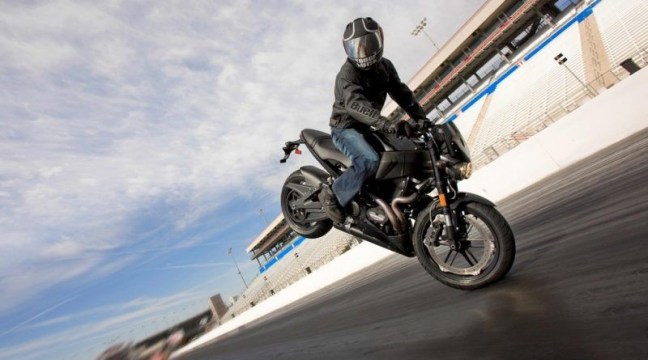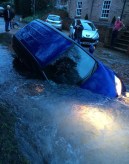‘Sorry mate, I didn’t see you!’ Even if you’ve got away with no or limited injuries, it’s an apology which isn’t appropriate as you survey the wreckage of your bike. Is this a driver being careless and dangerous or did he genuinely not see you?
Andy Goodwin and I were discussing the importance of good observation, and that t he better your observation the better rider/driver you were. Andy, as you may remember from the June Newsletter, did some research and sent me a website link directing me to a report by John Sullivan of the RAF.
he better your observation the better rider/driver you were. Andy, as you may remember from the June Newsletter, did some research and sent me a website link directing me to a report by John Sullivan of the RAF.
According to his report, the answer may have important repercussions for the way we train drivers and how as motorcyclists and cyclists we stay safe on the roads. John Sullivan is a Royal Air Force pilot with over 4,000 flight hours in his career, and a keen cyclist. He is a crash investigator and has contributed to multiple reports.
Fighter pilots have to cope with speeds of over 1,000 mph. Any crashes are closely analysed to extract lessons that can be of use.
John asserts our eyes were not designed for driving. We are the result of hundreds of thousands of years of evolution. Our eyes, and the way that our brain processes the images that they receive, are very well suited to creeping up on unsuspecting antelopes and spotting threats such as sabre-toothed tigers.
These threats are largely gone and they’ve been replaced by vehicles travelling towards us at high speeds. This, we’ve not yet adapted to deal with. Why? Light enters our eyes and falls upon the retina. It is then converted into electrical impulses that the brain perceives as images. Only a small part of your retina, the centre bit called the fovea, can generate a high-resolution image. This is why we need to look directly at something, to see detail.
The rest of the retina lacks detail but it contributes by adding the peripheral vision. However, a mere 20 degrees away from your sightline, your visual acuity is about 1/10th of what it is at the centre. Try this scary test to see quite how much detail you lose in your peripheral vision:
- Stand 10 metres away from a car.
- Move your eyes and look just one car’s width to the right or left of that car.
- Without moving where your eyes are now looking, try and read the number plate of the car.
- Try the test again from 5m.
The test shows you quite how little detail you are able to truly capture from the side of your eyes. That’s not to say that we cannot see something in our peripheral vision – of course we can. As you approach a roundabout, you would be hard pressed not to see a huge lorry bearing down upon you, even out of the corner of your eye – obviously, the bigger the object, the more likely we are to see it. But would you see a motorbike, or a cyclist?
The report is extensive, and at six pages is too long for the blog, but I’d urge you all to click the link (or type it into your browser) to read the rest of it. It makes for very interesting reading, and there’s another test for you to try as well as advice and guidance in how driver/rider and cycle training should be structured. The report is at http://www.londoncyclist.co.uk/raf-pilot-teach-cyclists/.







